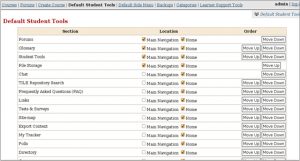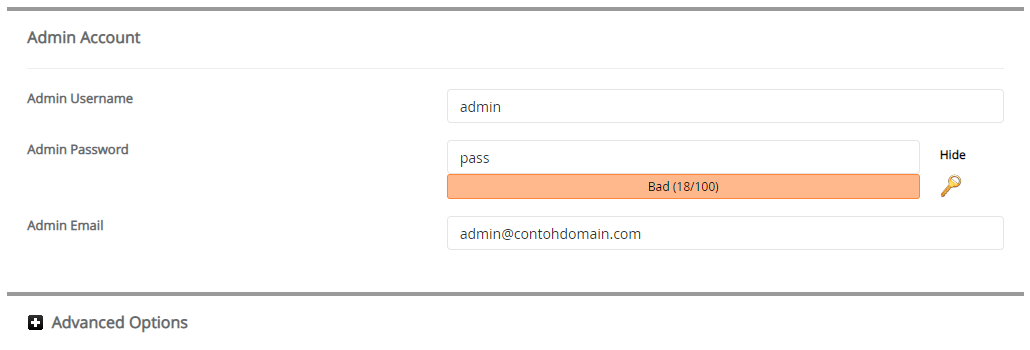

- #Atutor navigation install#
- #Atutor navigation full#
- #Atutor navigation download#
- #Atutor navigation free#
The latest version available for download is 2.2.2 and was released in Junder the GPL license. Its adaptability features focus on themes, privileges, tool modules and groups, allowing administrators and instructors to easily customize the look and layout of the system to their particular needs. Some examples of accessibility features include text alternatives for all visual elements, and keyboard access to all elements of the program, a screen reader that help a blind person take an online course. The screenshots below will give you a preview of how an admin demo looks like and how you can customize your ATutor demo. There are numerous extensions developed by third party developers for this LMS that enhance its features and change its appearance through themes. You can login as an instructor or create your own online demo account. You can also try the ATutor demo available at their official website.
#Atutor navigation full#
If you want to get a full review if this LMS you can click on the link below to download the software and set up your own ATutor demo. It accessibility features increased its popularity helping it gain numerous awards. This way ATutor became the first learning management system to fully comply with the accessibility specifications of W3C WCAG 1.0 at the AA+ level.

The project was first released in late 2002 by Greg Gay, after he conducted two studies and reached the conclusion that people with disabilities could not fully participate in an online course on any of the popular LMS available at the time.
#Atutor navigation free#
$sql = "SELECT member_id, country from ".TABLE_PREFIX.ATutor is a free open source web based learning content management system developed to easily create and manage online courses. For more about using queryDB(), refer to the queryDB() section of the Developer Documentation. The output from queryDB() is an array of values equivalent to an array that would be output from mysql_fetch_assoc(). The following simple example shows how queryDB() is used to create a database call that is equivalent to a mysql call. This accommodates for the use of mysql or mysqli related database queries, as well as the use of databases other than MySQL. It is a database abstraction layer based of PHP's sprintf() function that replaces all previous mysql related functions. The primary difference in creating module for versions after, and including ATutor 2.2, is the addition of the queryDB() function. Also see the files from other modules that operate like you expect your module to operate. A copy of the Hello World module works well as a starting point for creating a new module, since it implements (in a simple way) just about all the features found in modules. The module is found in the mods/hello_world directory. In general, when it comes to Moodle VS Atutor, the latter takes pride in better and faster accessibility. It is not guaranteed that the strength of your network connection will always be high regardless of time and/or place. Educators can quickly assemble, package, and redistribute Web-based instructional content, easily import.

#Atutor navigation install#
Administrators can install or update ATutor quickly, develop custom themes to give ATutor a new look, and easily extend its functionality with feature modules. The Hello World example module is included with each ATutor distribution for developers who want to investigate how modules work. When it comes to online learning, the ease of accessibility is a priority. ATutor is an open source Web-based Learning Content Management System (LCMS). The ATutor SiteMap provides a full list of all content and tools available, so all features in a course can be accessed from a single location. The module structure does allow for the creation of modules that run software that is not distributed under the GNU General Public License, but distributed separately under their own, perhaps commercial licenses. Alternative Navigation: Global, hierarchical, and sequential navigation tools are available so users can view or structure content in a manner that suits their style of learning. The intent is to allow for the development and distribution of modules independent of the ongoing development and release of ATutor. The framework defines methods for assigning privileges, backing-up and restoring content, deleting course specific content, and adding side menu blocks, student tools, course management and administrative tools, as well as public tools and other types of added functionality. ATutor Module Documentation Module Development Documentation ATutor 2.2+ĪTutor 1.5.2 introduced the concept of modules, providing developers with a framework to implement additional functionality in a coherent and loosely coupled way.


 0 kommentar(er)
0 kommentar(er)
